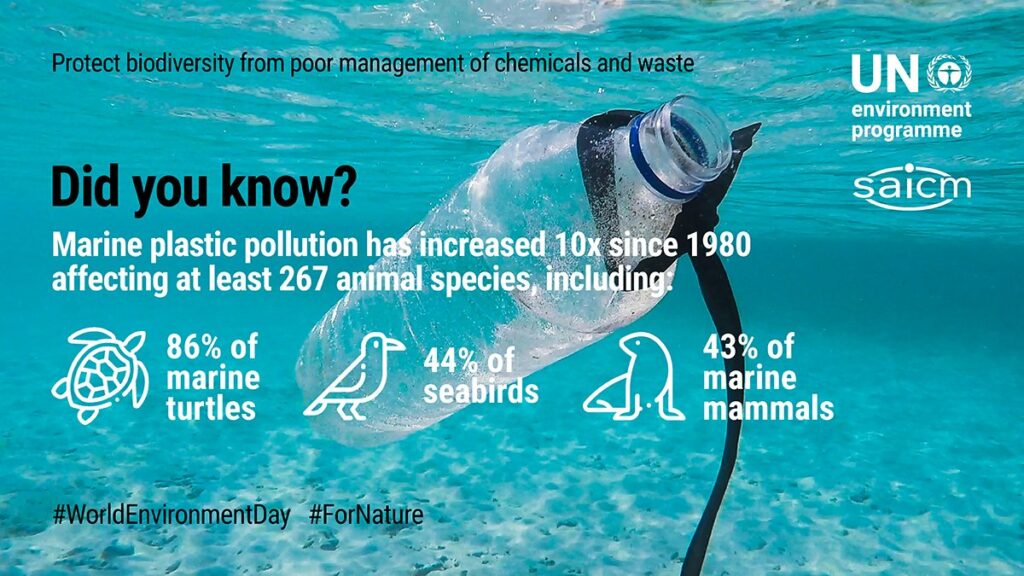Overview

Introduction
This report aims to provide guidance on infection prevention, control, and water, sanitation, and hygiene measures for home care and isolation of mpox in resource-limited settings. It focuses on practical strategies to manage and prevent the spread of the virus when individuals with mpox are isolated at home in settings with limited resources. The recommendations in this document are specifically designed for health and care workers, caregivers, and public health authorities.
Sustainable Development Goals (SDGs)
The implementation of the strategies outlined in this guide aligns with several Sustainable Development Goals (SDGs) set by the United Nations. These goals include:
- Goal 3: Good Health and Well-being – By providing effective infection prevention and control measures, this guide contributes to ensuring healthy lives and promoting well-being for all at all ages.
- Goal 6: Clean Water and Sanitation – The water, sanitation, and hygiene measures recommended in this guide support efforts to achieve universal access to clean water and sanitation facilities.
- Goal 10: Reduced Inequalities – By addressing the specific challenges faced by resource-limited settings, this guide aims to reduce inequalities in healthcare access and outcomes.
Key Recommendations
- Ensure proper hand hygiene practices, including frequent handwashing with soap and water for at least 20 seconds.
- Promote respiratory hygiene, such as covering the mouth and nose with a tissue or elbow when coughing or sneezing.
- Implement environmental cleaning and disinfection measures to reduce the risk of transmission.
- Provide clear instructions on waste management, including the safe disposal of used tissues and other contaminated materials.
- Ensure access to clean water and sanitation facilities for proper hygiene practices.
- Encourage individuals with mpox to wear masks, especially when in close contact with others.
SDGs, Targets, and Indicators
1. Which SDGs are addressed or connected to the issues highlighted in the article?
- SDG 3: Good Health and Well-being
- SDG 6: Clean Water and Sanitation
The article discusses infection prevention, control, and water, sanitation, and hygiene measures for home care and isolation of mpox (presumably referring to smallpox) in resource-limited settings. These issues are directly related to SDG 3, which aims to ensure healthy lives and promote well-being for all at all ages. Additionally, the article addresses the need for clean water and sanitation, which is covered by SDG 6.
2. What specific targets under those SDGs can be identified based on the article’s content?
- SDG 3.3: By 2030, end the epidemics of AIDS, tuberculosis, malaria, and neglected tropical diseases and combat hepatitis, water-borne diseases, and other communicable diseases.
- SDG 6.2: By 2030, achieve access to adequate and equitable sanitation and hygiene for all and end open defecation, paying special attention to the needs of women and girls and those in vulnerable situations.
The article highlights the need for infection prevention and control measures to combat the spread of mpox, which falls under the target of ending communicable diseases (including water-borne diseases) mentioned in SDG 3.3. Additionally, it emphasizes the importance of water, sanitation, and hygiene measures in resource-limited settings, aligning with the target of achieving access to adequate sanitation and hygiene for all mentioned in SDG 6.2.
3. Are there any indicators mentioned or implied in the article that can be used to measure progress towards the identified targets?
Yes, the article implies several indicators that can be used to measure progress towards the identified targets, such as:
- Number of cases of mpox in resource-limited settings
- Adoption and implementation of infection prevention and control measures
- Availability and accessibility of clean water and sanitation facilities in resource-limited settings
- Improvement in hygiene practices among caregivers and public health authorities
These indicators can be used to track the reduction in mpox cases, the effectiveness of infection prevention and control measures, the progress in providing clean water and sanitation facilities, and the improvement in hygiene practices, all of which contribute to achieving the identified targets.
4. Table: SDGs, Targets, and Indicators
| SDGs | Targets | Indicators |
|---|---|---|
| SDG 3: Good Health and Well-being | SDG 3.3: By 2030, end the epidemics of AIDS, tuberculosis, malaria, and neglected tropical diseases and combat hepatitis, water-borne diseases, and other communicable diseases. |
|
| SDG 6: Clean Water and Sanitation | SDG 6.2: By 2030, achieve access to adequate and equitable sanitation and hygiene for all and end open defecation, paying special attention to the needs of women and girls and those in vulnerable situations. |
|
Source: who.int







